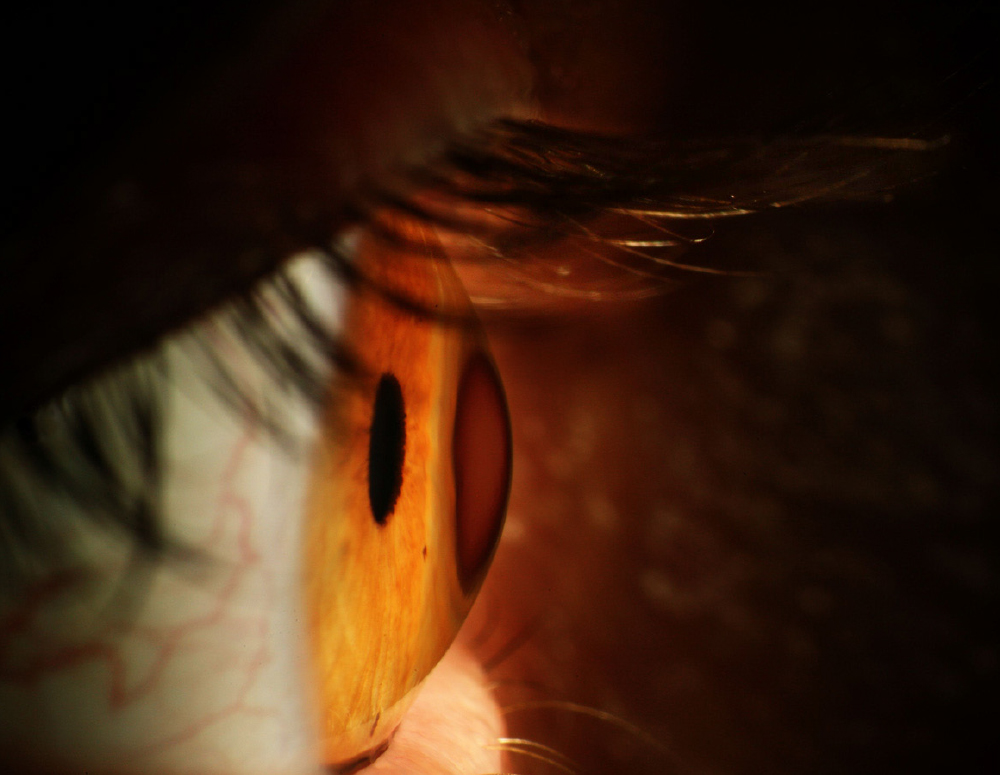Keratoconus and Co.
The term is made up of "keras" (Greek) for horn and "cone" (Latin) for cone and thus designates a cone-like protrusion of the cornea.
Changes that cause deformation of the transparent cornea are called ectatic diseases. Their course is generally progressive, but hardly predictable in individual cases.
If only central areas are thinned, one speaks of the Kerato cone. If the entire cornea bulges out like a ball, this is called a kerato globus.
If an extreme curvature of the cornea with thinning in the lower periphery develops, this is a so-called kerato torus or pellucid marginal degeneration.
Therapy of keratoconus
According to current medical knowledge, keratoconus is not "curable". The reason for the partial bulging and thinning is a biomechanical weakness of the cornea.
We can now counteract the progression of the disease with microsurgical interventions.
These include the artificial hardening of the cornea (riboflavin-UVA crosslinking), which in many cases "freezes" the stage of the disease.
As a further option, ring segments can be implanted almost invisibly into the cornea. In addition to flattening and regularizing the corneal curvature, this intervention also stabilizes the process.
In advanced cases, the last resort is a perforating excimer laser keratoplasty (corneal transplant). The thinned and scarred tissue is replaced by clear donor tissue.



